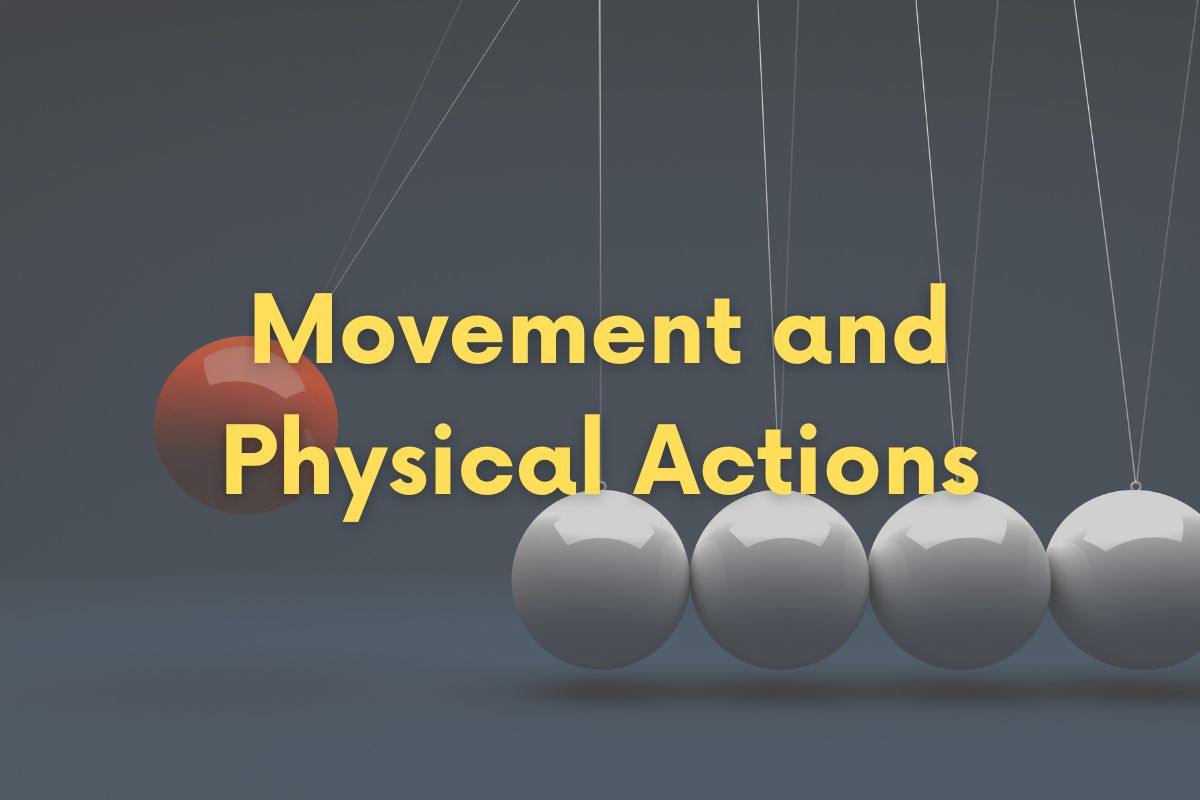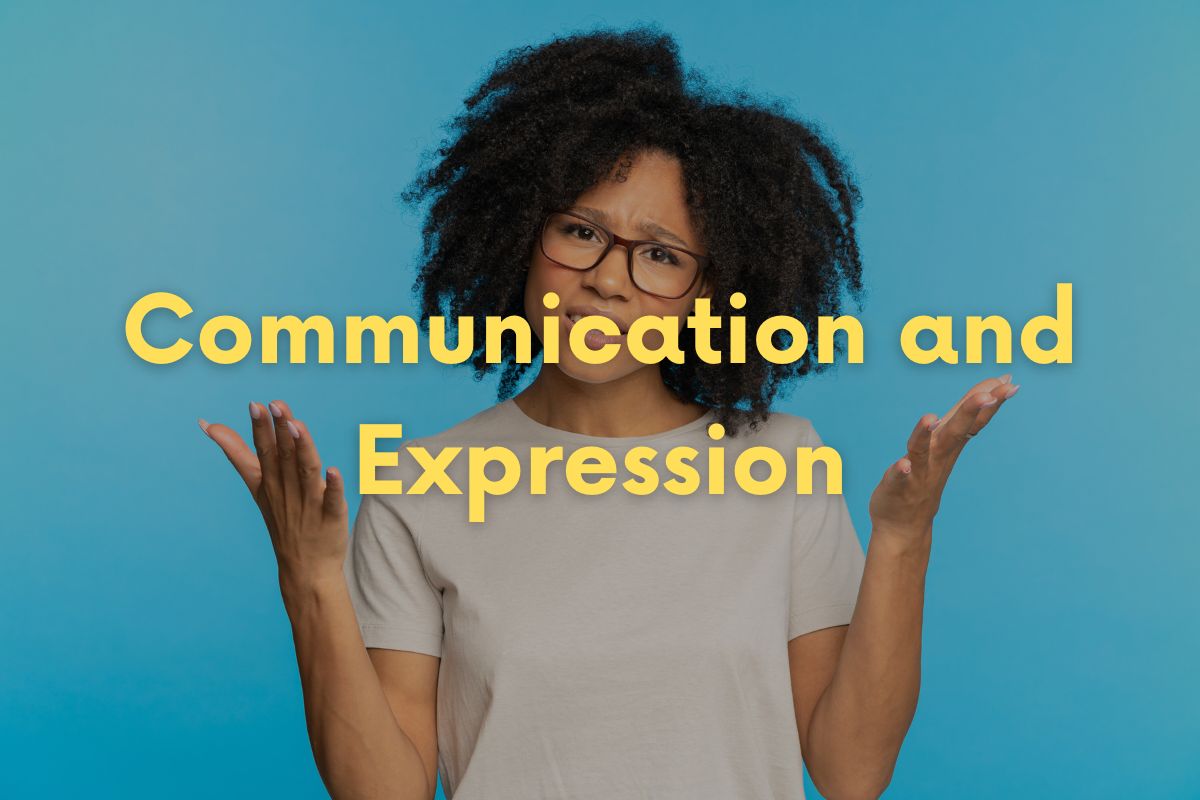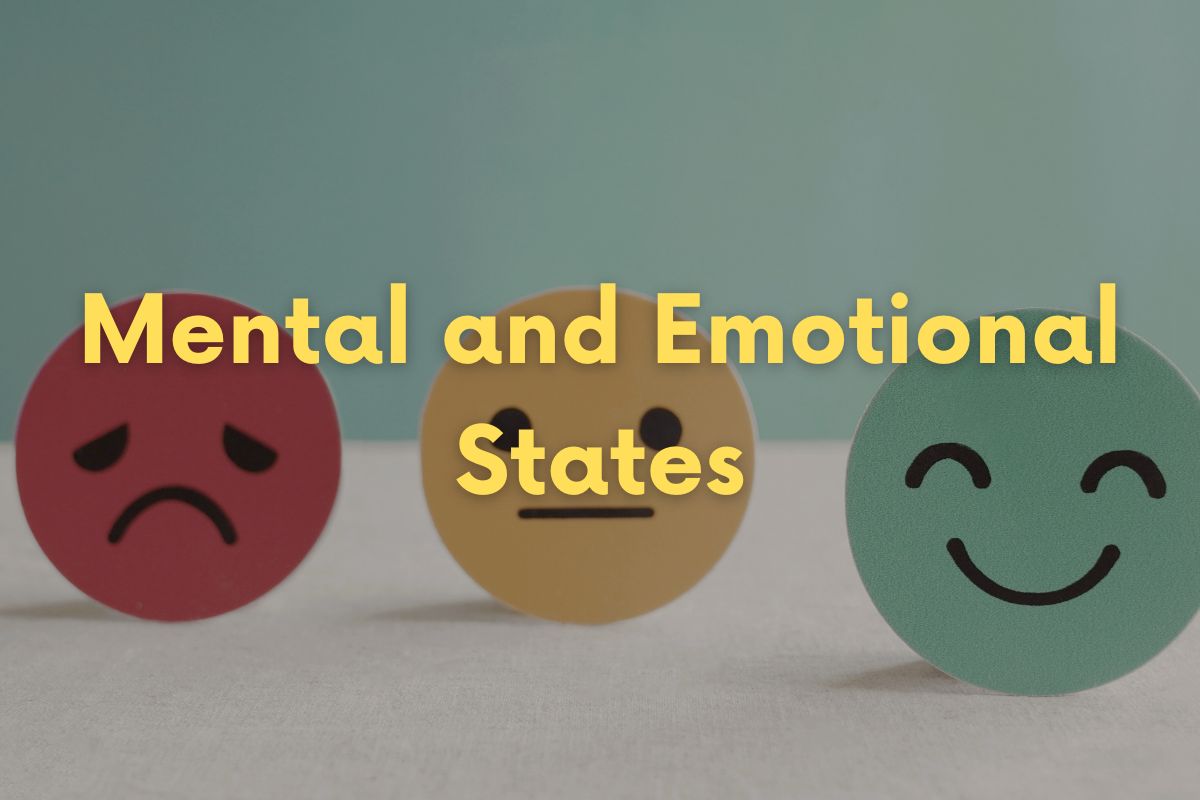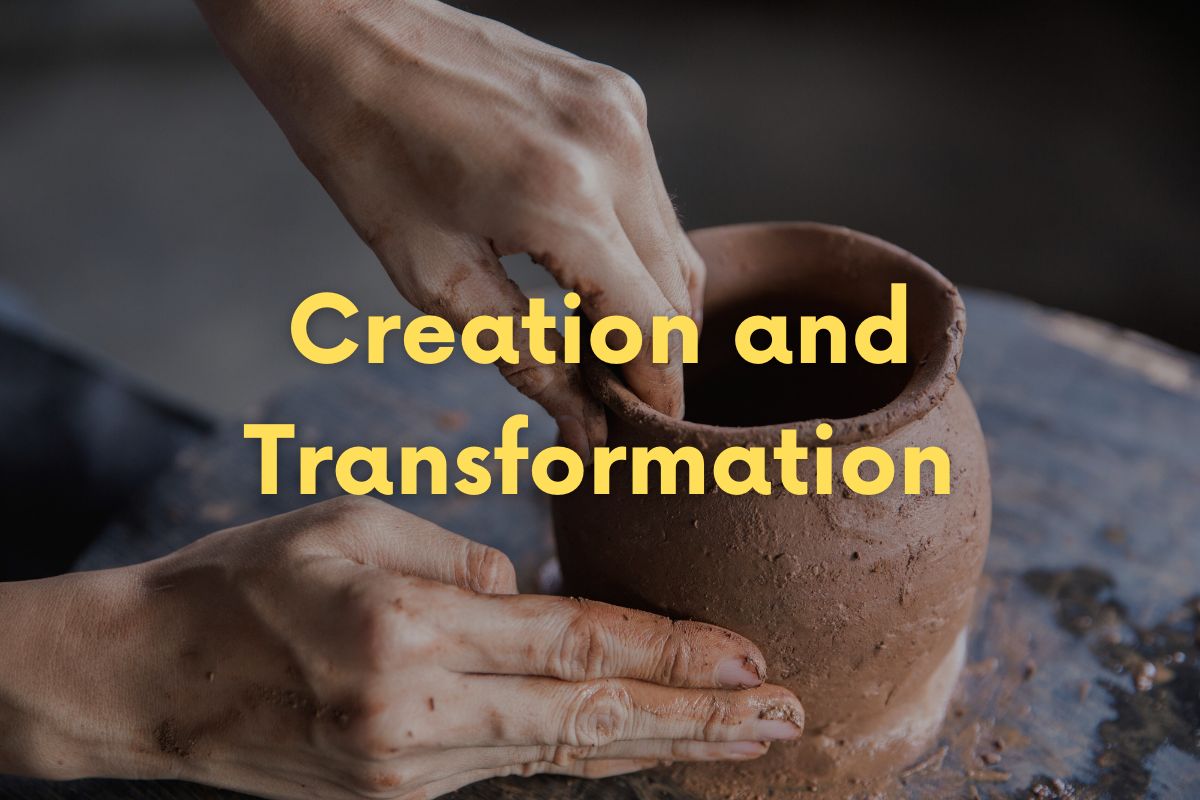A verb is a term that describes an event, condition, or action and serves as the primary component of the predicate in a phrase.
Among the many verbs in the English language, those beginning with the letter “K” play an important part in everyday communication.
These verbs can describe simple actions or represent more complicated activities, adding greatly to the language’s richness and variety.
This list of the top 100 regularly used verbs starting with the letter “K” demonstrates their relevance in diverse settings and their integral role in various aspects of life.
Movement and Physical Actions

Verbs in this category describe actions involving physical movement and interaction with objects. These verbs are essential for expressing various types of movement, from gentle to forceful actions.
Kick: To strike with the foot.
I often find myself kicking a soccer ball around with friends on weekends. It’s a terrific way to stay active and have some friendly competition.
Knock: To strike a surface loudly in order to attract attention.
When visiting someone’s house, I always make sure to knock on the door rather than just ringing the bell. It’s a more personal touch and ensures they hear me.
Kneel: To rest on the knees.
In many cultures, people kneel as a sign of respect or submission, whether during prayer or in ceremonies. It’s a posture that conveys humility.
Knit: To make a garment by interlocking loops of yarn.
My grandmother taught me how to knit when I was a child, and it’s a hobby I’ve cherished ever since. There’s something incredibly soothing about creating something tangible from yarn.
Kiss: To touch with the lips as a sign of love or respect.
A kiss can convey so much emotion, from a quick peck on the cheek to a passionate embrace. It’s one of the most intimate ways we can show affection.
Knot: To tie or fasten into a knot.
Knowing how to tie a proper knot is essential for many activities, from sailing to camping. It’s a small skill that can make a big difference.
Keep: To retain possession of.
I always keep my promises to friends and family. Trust is built on keeping one’s word and being reliable.
Kite: To fly a kite.
Flying a kite is a delightful way to spend a windy afternoon. Watching it soar and dip through the sky brings back fond childhood memories.
Kick-start: To start an engine by foot force or to initiate a process.
Sometimes, all a project needs is a little kick-start to get going. I find that setting clear goals and taking the first step can make all the difference.
Kidnap: To take someone away illegally by force.
Kidnapping is a serious crime that has devastating effects on victims and their families. It’s an issue that requires strict laws and vigilant enforcement to prevent.
You might also enjoy: Top 100 Commonly Used Verbs That Start With N [2024]
Communication and Expression

These verbs focus on actions related to conveying information, ideas, or feelings. They are vital for describing various forms of verbal and non-verbal communication.
Know: To be aware of through observation, inquiry, or information.
Knowledge is power. I strive to know as much as I can about the world around me, whether through reading, listening, or direct experience.
Knock: To strike a surface loudly in order to attract attention.
Repeating the knock verb here highlights its dual role in movement and communication. It’s a simple yet effective way to announce one’s presence.
Kiss: To touch with the lips as a sign of love or respect.
Again, kissing is a powerful form of expression, showing love, gratitude, or even a formal greeting in some cultures.
Kibitz: To offer unwanted advice or comments.
I try not to kibitz when others are working on something unless they ask for my input. It’s important to respect people’s space and autonomy.
Knit: To join closely and firmly.
Beyond making garments, to knit can also mean to bring people together. For example, knitting a community means creating tight bonds between its members.
Kid: To make fun of or tease.
Teasing friends can be a fun way to bond, but it’s crucial to ensure that the joking doesn’t cross the line into hurtful territory.
Kvetch: To complain persistently.
While it’s healthy to vent sometimes, I try not to kvetch too much. Constant complaining can bring down the mood of everyone around.
Keep: To retain possession of.
Keeping in touch with friends and family is important to me. Regular communication helps maintain strong relationships, even over long distances.
Ken: To understand or perceive.
In certain dialects, to ken something means to know it well. It’s a term that reflects deep understanding and familiarity.
Kibitz: To chat or converse informally.
Informal chatting, or kibitzing, can be a great way to build rapport and get to know someone on a more personal level.
Mental and Emotional States

Verbs in this category relate to cognitive processes and emotional experiences. They describe how individuals think, feel, and process internal states.
Know: To have knowledge or information.
Pursuing knowledge is a lifetime endeavor. The more I learn, the more I realize how much there is yet to discover.
Keep: To retain or maintain.
Keeping a positive attitude can make a significant difference in one’s mental and emotional well-being. It is not always simple, but it is worth the effort.
Keen: To show enthusiasm or eagerness.
I’m always keen to explore new ideas and experiences. Enthusiasm can be infectious and often leads to exciting opportunities.
Kindle: To arouse or inspire an emotion.
Great art, whether it’s music, literature, or visual art, can kindle a wide range of emotions, from joy to sorrow, and everything in between.
Kowtow: To act in an excessively subservient manner.
Respecting others is crucial, but excessive kowtowing might harm one’s self-esteem. Balance is key.
Kick: To experience a feeling of thrill or pleasure.
Some people get a real kick out of adrenaline-pumping activities like skydiving or roller-coaster rides. It’s that thrill that makes these experiences so exhilarating.
Knock: To criticize or find fault with.
Constructive criticism is valuable, but just knocking someone’s efforts without offering solutions can be discouraging and unproductive.
Kid: To deceive in a playful way.
Light-hearted kidding can be fun, but it’s important to make sure the other person knows it’s all in good humor.
Kvetch: To complain or whine.
While everyone needs to vent sometimes, persistent kvetching can be draining for both the complainer and those around them.
Kiss: To show affection or love.
Beyond the physical act, a kiss can symbolize deep emotional connections and feelings of love and care.
You might also enjoy: Top 100 Commonly Used Verbs That Start With I [2024]
Control and Management

These verbs describe actions involving directing, handling, and organizing. They are essential for expressing how individuals manage resources, control situations, and make decisions.
Keep: To have or retain possession of.
Keeping track of one’s finances is crucial for managing personal or business budgets. It requires discipline and attention to detail.
Kick-start: To initiate or begin something.
When I need to get a new project off the ground, a good kick-start can set the tone for success. It often involves setting clear goals and taking decisive action.
Know: To recognize or be aware of.
Knowing the strengths and weaknesses of a team is essential for effective management. It helps in assigning tasks and roles appropriately.
Knock: To demolish or bring down.
Sometimes, old structures—whether physical or metaphorical—need to be knocked down to make way for new and improved ones.
Knit: To join or combine closely.
In a business context, knitting different departments together can foster better communication and collaboration, leading to more cohesive operations.
Key: To enter data using a keyboard. ⌨️
Accurate data entry, or keying in information, is fundamental to maintaining reliable databases and records.
Knead: To work dough or clay into a uniform mixture.
Kneading isn’t just for baking; it’s also a metaphor for working through problems until they’re resolved and the result is smooth and consistent.
Ken: To know or recognize.
Having a deep ken of industry trends and market demands is crucial for staying ahead in business and making informed decisions.
Kibosh: To put an end to something.
Sometimes, the best course of action is to kibosh a project that isn’t working out, freeing up resources for more promising endeavors.
Kiss-off: To dismiss or reject someone or something.
In a competitive environment, knowing when to kiss-off a non-viable idea or proposal is essential for maintaining focus on more fruitful pursuits.
Creation and Transformation

These verbs focus on actions related to making, changing, and forming. They describe processes of creation, adaptation, and transformation in various contexts.
Knit: To create a fabric by interlocking loops of yarn.
Beyond the physical act of knitting, this verb symbolizes bringing different elements together to create something new and cohesive.
Kindle: To start a fire or ignite.
Kindling not only applies to starting a fire but also to sparking interest or passion in a particular area, leading to new ideas and innovations.
Knead: To work and press into a uniform mixture.
The process of kneading dough can be likened to developing a project, where careful, consistent effort transforms basic ingredients into something greater.
Kick-start: To begin or initiate something.
Kick-starting a creative process often involves breaking through initial inertia, which can lead to a flow of ideas and productive work.
Key: To input data or information.
In a creative context, keying in the right details can make all the difference, ensuring that a project stays on track and meets its goals.
Kneel: To position oneself on the knees.
Figuratively, kneeling can represent a period of reflection or submission to a new process or idea, allowing for growth and transformation.
Kiln: To fire or bake in a kiln.
Firing ceramics in a kiln transforms them from malleable clay into durable, finished products. This process mirrors many transformative stages in various creative endeavors.
Knit: To form by interlacing yarn or thread.
Knitting can also mean forming intricate connections and patterns within a complex project, ensuring all elements come together harmoniously.
Knock: To shape by striking.
Knocking a project into shape often involves refining rough ideas through critique and iteration until they reach a polished state.
Knead: To massage or manipulate.
In a metaphorical sense, kneading ideas or plans can involve thorough consideration and reworking until they are perfectly aligned with the intended vision.
You might also enjoy: Top 100 Commonly Used Verbs That Start With D [2024]
Observation and Perception

These verbs describe actions related to seeing, noticing, and interpreting. They help articulate how individuals observe and process sensory information.
Know: To perceive or understand as fact or truth.
Knowing something deeply often involves a combination of observation, study, and intuition, leading to a comprehensive understanding.
Keep: To continue to have or hold.
Keeping an eye on trends and developments allows one to stay informed and adapt to changing circumstances effectively.
Ken: To recognize or identify.
Being able to ken subtle shifts in behavior or market trends can provide a competitive edge, allowing for proactive responses.
Knock: To make a sound to draw attention.
In the realm of observation, knocking can be seen as making a point or highlighting an issue that requires attention.
Keen: To perceive or have sharp perception.
A keen sense of observation is invaluable in fields such as research, detective work, and art, where noticing fine details can make a significant difference.
Knit: To draw together or unite closely.
In terms of perception, knitting connections between seemingly unrelated observations can lead to new insights and discoveries.
Kiss: To sense affection or love.
Recognizing the nuances of a kiss, whether in real life or in literature, can reveal deeper layers of emotion and intention.
Key: To focus or adjust precisely.
Keying into important details ensures that nothing is overlooked, whether in scientific research, editing, or strategic planning.
Kick: To register or react to a sensation.
Sensing a kick, either physically or metaphorically, often prompts a reaction, highlighting the importance of paying attention to stimuli.
Kvetch: To express discontent or dissatisfaction.
Recognizing the underlying causes of a kvetch can provide insights into what needs to be addressed or improved in a situation.
Problem Solving and Decision Making

These verbs describe actions involved in resolving issues, making choices, and planning. They express how individuals approach problems, devise strategies, and implement solutions.
Know: To understand or realize.
Having a clear understanding of the problem at hand is the first step in effective problem-solving. Knowledge provides the foundation for informed decisions.
Keep: To maintain or sustain.
Keeping a calm and collected mindset is crucial when facing challenges. It allows for better analysis and decision-making under pressure.
Key: To emphasize or highlight.
Identifying the key issues or variables is essential in problem-solving. Focusing on what matters most helps streamline the process and avoid distractions.
Knit: To reconcile or bring together.
Knitting together different perspectives and ideas can lead to innovative solutions that address multiple aspects of a problem.
Kick-start: To prompt or initiate action.
When stuck, kick-starting the brainstorming process can help generate fresh ideas and break through mental blocks.
Kibosh: To stop or halt.
Knowing when to kibosh a failing plan or strategy is just as important as initiating one. It saves time, resources, and allows for redirection.
Knead: To work thoroughly.
Problem-solving often involves kneading through details, thoroughly understanding all components before arriving at a solution.
Knock: To discover or identify flaws.
Knocking on different parts of a plan to test for weaknesses can reveal areas that need reinforcement or improvement.
Kindle: To stimulate or motivate.
Kindling enthusiasm and motivation within a team can drive collective problem-solving efforts, leading to more dynamic and creative outcomes.
Kvetch: To complain and seek solutions.
Constructive kvetching can highlight persistent issues that need addressing, prompting action to find and implement effective solutions.
You might also enjoy: Top 100 Commonly Used Verbs That Start With S [2024]
Miscellaneous Actions

These verbs do not fit neatly into the other categories but are still commonly used in various contexts. They describe a range of actions that are essential for daily activities and interactions.
Kneel: To rest on the knees.
Beyond its literal meaning, kneeling can symbolize reverence, submission, or deep contemplation in various spiritual and cultural contexts.
Kick: To strike with the foot.
The action of kicking can be seen in many sports, from soccer to martial arts, each with its own techniques and purposes.
Kiss: To touch with the lips.
Kissing can serve different purposes, from a simple greeting to a passionate expression of love. It’s a versatile verb that conveys a range of emotions.
Knock: To strike a surface loudly.
Knocking can also signify an attempt to gain entry or approval, whether physically knocking on a door or metaphorically knocking on opportunities.
Keep: To hold or retain.
Keeping a diary or journal is a practice many find beneficial for reflecting on their experiences and emotions.
Know: To be aware of.
In the context of relationships, knowing someone deeply involves understanding their likes, dislikes, and personal history.
Knit: To interlace yarn or thread.
Beyond physical knitting, the term can be used metaphorically to describe the process of bringing elements together to form a cohesive whole.
Ken: To know or understand.
Kenning something deeply often involves both intellectual understanding and intuitive insight, creating a fuller picture.
Knead: To work into a mixture.
Kneading isn’t just for baking; it’s also a metaphor for working through problems until they’re resolved and the result is smooth and consistent.
Keen: To express eagerness.
Being keen on something reflects a strong interest or passion, whether it’s a hobby, career, or new learning opportunity.
Cultural and Social Actions

These verbs describe actions specific to cultural practices, social interactions, and community activities. They are essential for expressing behaviors and traditions within various societal contexts.
Kowtow: To bow in a deeply respectful manner. ♀️
In historical contexts, kowtowing was a physical act of deep respect and submission, often performed in front of authority figures.
Kvetch: To complain habitually.
Kvetching is more than just complaining; it’s often a cultural practice among certain groups where sharing grievances is a way to bond and find humor.
Kid: To tease or joke playfully.
Playful teasing, or kidding, is a common social practice that can strengthen relationships if done with care and mutual understanding.
Kiss: To greet or show affection.
In many cultures, kissing is a customary greeting, whether on the cheek in Europe or on the lips in more intimate settings.
Knit: To gather or unite.
Knitting together a community involves creating strong bonds and a sense of belonging among its members through shared activities and goals.
Kick-off: To begin or start an event.
Kick-off events are essential in many cultures, marking the beginning of a significant period, such as a sports season or a new business quarter.
Kibitz: To offer unsolicited advice.
In some cultures, kibitzing during games like chess or cards is a common practice, adding a layer of social interaction and humor.
Kibosh: To terminate or put an end to.
Putting the kibosh on something often happens in social contexts where an undesirable activity or behavior is stopped by group consensus.
Kneel: To show submission or reverence.
Kneeling is a common act in religious and ceremonial contexts, symbolizing humility, respect, and devotion.
Ken: To understand or perceive clearly.
Understanding cultural nuances and social norms requires a keen ken of the context, ensuring respectful and appropriate interactions.
You might also enjoy:Top 100 Commonly Used Verbs That Start With E [2024]
Specialized and Technical Actions

These verbs are specific to particular fields or technical areas. They describe specialized actions that are essential for expressing precise activities in various professional and technical contexts.
Kiln: To fire or bake materials.
Kilning is a critical process in ceramics and pottery, where materials are hardened and transformed through high-temperature baking.
Key: To adjust or set to a particular specification.
In technical fields, keying refers to setting equipment or systems to specific parameters for optimal performance.
Kick-start: To begin a process or system.
In mechanical and automotive contexts, kick-starting involves initiating the function of an engine or device, often manually.
Knead: To mix and work substances.
Kneading is a fundamental technique in culinary arts, particularly in baking, where dough is worked to develop gluten and achieve the right texture.
Ken: To recognize or identify.
In fields like law enforcement and wildlife tracking, kenning refers to the ability to identify and recognize important signs or evidence.
Knit: To combine or integrate components.
In software development, knitting code refers to integrating different modules or pieces of code into a unified system.
Knock: To test by striking.
In engineering, knocking can refer to testing materials or structures for durability and integrity by applying force.
Kiss: To lightly touch or graze.
In fine arts and design, kissing refers to a technique where materials lightly touch or overlap to create specific effects.
Keep: To maintain a state or condition.
In quality control, keeping standards involves continuous monitoring and adjustment to ensure products meet required specifications.
Kick: To activate or trigger.
In technology, kicking off a process often means initiating a sequence of operations or starting a workflow in a system.
Conclusion
The verbs starting with “K” are a testament to the richness and versatility of the English language.
Each verb, whether it relates to movement, communication, mental states, control, creation, perception, problem-solving, cultural practices, specialized actions, or general activities, adds depth to our expressions and interactions.
Understanding and using these verbs effectively enhances our ability to communicate clearly and precisely, enriching both our personal and professional lives.

Hi, welcome to my blog! My name is Omid and I am thrilled to have you here! I am an English language teacher with 12 years of experience and hold multiple international certifications (TESOL, IELTS, TOEFL, PTE, CELTA). Additionally, I hold a PhD in Applied Linguistics with a specialization in Teaching English as a Second Language (TESL), which fuels my passion for teaching English and assisting others in mastering the language. To me, nothing is more rewarding than helping individuals enhance their English language abilities through various methods. So, let’s embark on this journey of learning English together.




